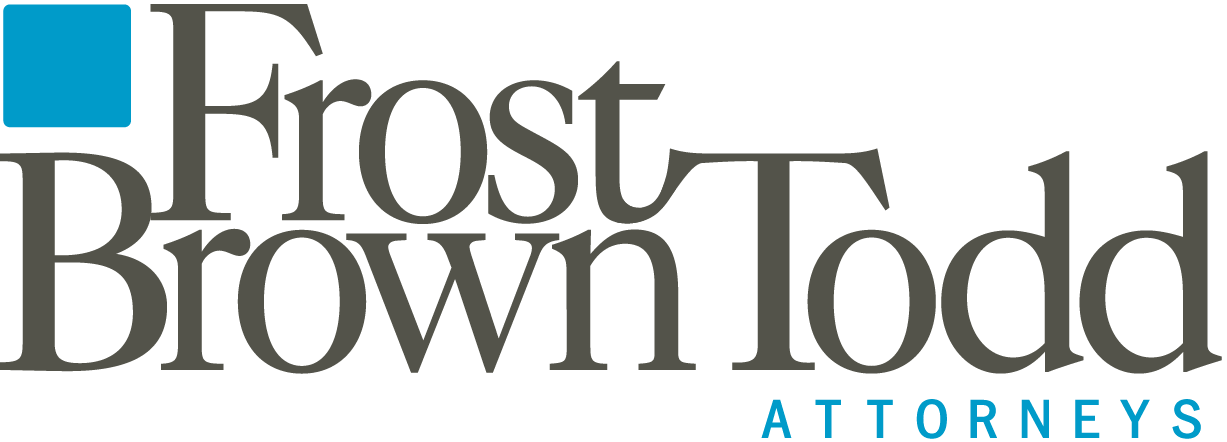On June 12, 2018, Judge Richard Leon at United States District Court for the District of Columbia ruled in favor of AT&T in the largest antitrust lawsuit of the century concerning AT&T’s proposed $85 billion acquisition of Time Warner Inc. The U.S. Department of Justice (DOJ) attempted to block such acquisition on the ground of antitrust concerns.
Historically, from an antitrust perspective, the U.S. government has often scrutinized the horizontal mergers that involved a combination of competitors because such combinations tend to give rise to anticompetitive effect (e.g., higher consumer purchase prices, reduced innovation, etc.) In the transaction in issue, AT&T is essentially a telecommunication and media distribution company providing wireless, broadband and pay-TV services to customers, and Time Warner Inc. is a media rights and content supplier that owns video contents such as CNN, HOB and TNT. Therefore, the AT&T-Time Warner combination is considered a vertical merger which does not necessarily involve horizontal competition but rather a combination of upstream supplier and a downstream distributor. Relying on its various theories, DOJ challenged the proposed merger alleging that the combined firm, which would have Time Warner’s media content and AT&T’s distribution network, could use its market power to force the other cable companies to pay more for their access to popular television shows and, ultimately, would cause harm to the consumers. AT&T counter-argued that the combined firm would cause cable services to decrease their prices because of the economic efficiencies. After eighteen months of investigation, pre-trail discovery process and trial, Judge Richard Leon concluded that DOJ failed to present credible evidence to support its theories and made his ruling in favor of AT&T relying on AT&T’s alleged (and DOJ’s conceded) economic efficiencies that may be achieved by the proposed merger, among others.
The AT&T case is significant in that the U.S. antitrust authorities have not challenged a vertical merger in court on the theory of competitive harm since 1970s. The first major antitrust trial for the Trump Administration, the AT&T case seems to suggest that the U.S. antitrust authorities may start expanding its antitrust challenge in court over horizontal mergers to vertical mergers. For the large international companies that are planning vertical mergers with the U.S. companies in the future, it is important for them to evaluate the antitrust risk factors that may potentially derail the contemplated transactions early on and to develop the strategies accordingly in compliance with the applicable U.S. legal and regulatory requirements.
